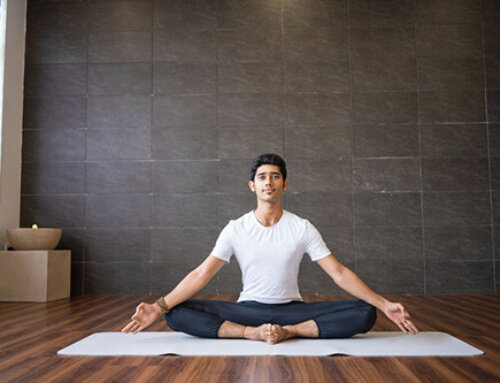I am pretty sure that all of us have heard the very famous quote “All work and no play make Jack a dull boy”. Similarly, no exertion on one’s body does not only bring about fatigue but also tires up your muscles, making you lazier with every passing day. Now imagine, if no exercise brings that kind of effect on you, then what would it do to your child?
A lazy child is a myth these days. You will always find your little one jumping on the bed, running around the house, or simply dancing in and out of rooms. They know how to keep themselves busy (most of the time, at least). Sometimes it feels like they have an endless amount of energy. They can hop from school to practice and still want to play outdoors when they get home.
But at times, I get worried if my child is exceeding his capacity. I don’t want them to overexert themselves to the extent that they feel tired and cranky for the rest of the day. I know everybody’s body and health are different and one should work on it accordingly. Too much of anything is unhealthy. So, I decided to do a little research. I came across these guidelines arrived at through research- stating that children and adolescents, that is, children from the age of 6 and above need about an hour a day of physical activities.
If your child is into some sport, chances are that he will already be getting all the types of exercise he needs. If not, then you may create a plan and make sure he gets the exercises he needs. Make sure it doesn’t seem like a “task”, make it fun, and even join in to make it easier for your child to go through and to get that precious parent-child time with each other.
A child’s body needs three basic forms of exercises:
1. Endurance: Endurance activities involve the continuous movement of large muscle groups. They can be very fun to do and they don’t have to be competitive in any sense. A few examples are:
- Skating
- Swimming
- Dancing
- Jogging
- Football/basketball
- Cycling
2.Flexibility: These kinds of exercises encourage children to bend, stretch, and reach their point of flexibility. They help your child get a good posture and provide them with relaxation. A few examples are:
- Playing actively on the playground
- Gymnastics
- Wall climbing
- Yoga
- Skipping
- Stretching rounds
3. Strength: Working against a challenge helps children in building stronger muscles. They promote strong bones and muscles without excessive stress on their joints. A few examples are:
- Lifting and carrying things like groceries or bags
- Climbing stairs
- Monkey bars
- Gymnastics
- Doing sit-ups and push-ups
However, there are a few things to be kept in mind, before letting your child out for exercising. Important steps to be taken care of, to keep the exercising process smooth for your child, without any harmful effects, are as follows:
- Do a warm-up and cool-down session before and after the workout.
- Drink water before and after the workout session and keep taking water breaks in between too.
- Wear sunscreen, or a hat when outside to protect yourself from the harmful rays of the sun.
- Use the right protective equipment.
Children need to be active every day for their health and growth development. Instituting healthy lifestyles from a young age will carry their benefits forward for the rest of their lives. Ask your child if they want to be a part of any sports or team or if they wish to get into an individual activity. If yes, enroll them in skill-based and recreational classes.
They need to feel encouraged and should enjoy their activities. Keeping an activity log can help them, as well as you, to note down their progress and keep a check on it, while compliments and rewards for each small step accomplished can help them to keep motivated!







